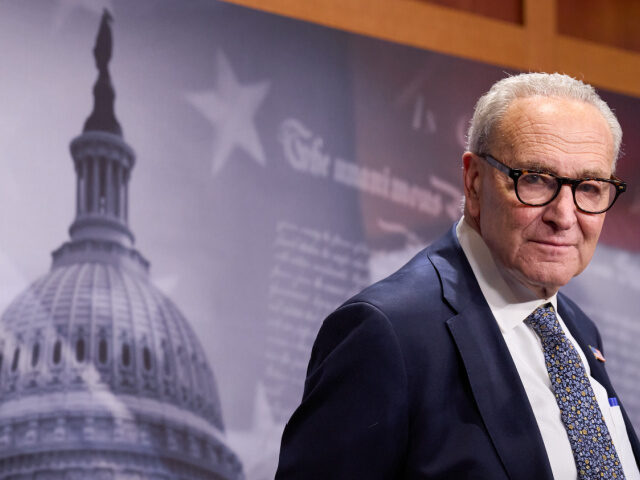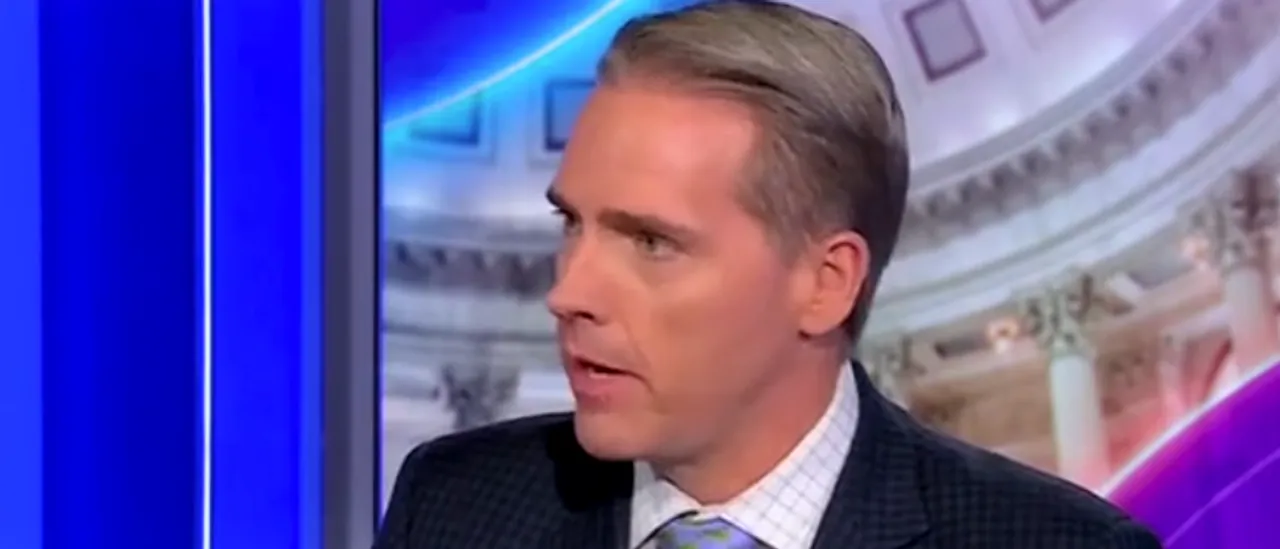After months of failed talks and endless chaos in the Middle East, one man finally broke through the gridlock — and, surprise, it wasn’t a career diplomat or a globalist bureaucrat. It was President Donald J. Trump, once again proving that real leadership doesn’t come from “consensus committees” or UN cocktail parties — it comes from strength, pressure, and the refusal to take no for an answer.
According to the Associated Press, the historic Israel-Hamas ceasefire that finally halted the war came together after what some are calling a “misunderstanding” — but what anyone familiar with Trump would call a masterstroke of negotiation. At a critical moment, Trump took Hamas’ weak, half-hearted “maybe” and turned it into a yes, boxing both sides into accepting peace terms.
That’s the art of the deal, Middle East edition.
After a devastating two-year war sparked by Hamas’ barbaric October 7th attack in 2023, the ceasefire now ensures the return of the remaining hostages — including the living and the fallen — and sets the stage for what Trump called “eternal peace in the Middle East.” Lofty? Maybe. But he’s the only one who’s actually made it happen.
Let’s rewind. In early September, negotiations had collapsed. Hamas wanted everything — hundreds of prisoners freed, a full Israeli withdrawal, and permanent immunity for their terror leaders. Israel said absolutely not. Then an Israeli strike in Doha killed several Hamas operatives and a Qatari security member, rattling Arab leaders and threatening to blow up the talks altogether.
That’s when Trump did what Trump does best — took control. He personally called Qatari Prime Minister Mohammed bin Abdulrahman Al Thani, handed the phone to Prime Minister Netanyahu, and got an apology read directly to Qatar. The move restored trust, diffused the crisis, and kept the deal alive. That’s called leadership under pressure.
Two weeks later, at the UN, Trump met with eight Arab and Muslim leaders, rebuilding a regional coalition behind his 20-point peace plan — the kind of plan no one in Washington believed could happen. Even Secretary of State Marco Rubio admitted things “took a turn” once Trump personally stepped in.
And what a plan it was: Hamas would release all hostages within 72 hours, hand over power in Gaza to other Palestinian factions, and disarm — or face consequences. Trump’s warning couldn’t have been clearer:
“If this LAST CHANCE agreement is not reached, all HELL, like no one has ever seen before, will break out against Hamas.”
Classic Trump. Firm, direct, and no diplomatic double-talk. Hours later, Hamas caved — sending back a “yes, but” that Trump instantly declared a win for peace. While career diplomats might have spent months parsing the language, Trump made the bold call: “They’re ready for a lasting peace.”
And just like that, the war stopped.
Even Israeli Foreign Minister Gideon Saar called it “brilliant,” saying Trump “created an opportunity” simply by treating Hamas’ response as forward movement. Because when Trump says there’s momentum, everyone — even terrorists — suddenly acts like there is.
At a press conference, Netanyahu confirmed Israel would implement the “first stage” of Trump’s plan: the release of hostages. Behind the scenes, the Arab world rallied too — nations like Qatar, Saudi Arabia, Egypt, and the UAE praised Trump’s leadership, echoing what many of them had already said: that America is strongest when Trump leads.
In an interview with Sean Hannity, Trump put it plainly:
“Israel cannot fight the world, Bibi. They can’t fight the world.”
That’s vintage Trump — blunt truth delivered with vision. He reminded everyone that strength doesn’t mean endless war; it means knowing when to seal the deal and restore peace on American terms.
So, after years of chaos under weak globalists, the Middle East is seeing something it hasn’t in decades — a peace plan that works, crafted not by committees, but by conviction.
Trump didn’t just end a war — he reminded the world that when America leads with strength, the world listens.



